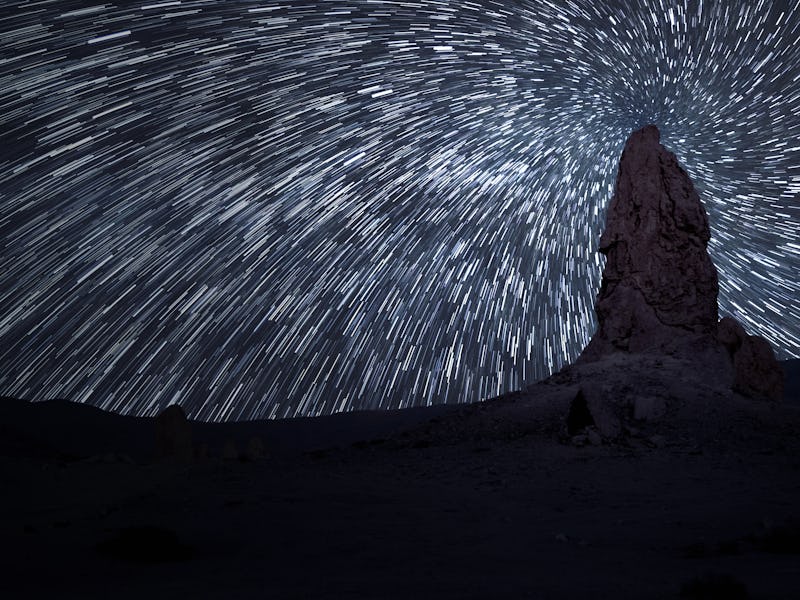You need to see the best meteor shower of the summer this week
NASA says Perseids is a can't-miss opportunity.

CELESTIAL OBJECTS COME AND GO FROM OUR VIEW IN THE NIGHT SKY, as they fling by or orbit around the Sun. Whether it be the full moon or a meteor shower or just the best night to see Mars, we're here to direct your eyes skyward and tell you to look up and appreciate the wonders of space from Earth.
This week, we're asking you to marvel at the beauty of the Perseid meteor shower, which peaks this week and is guaranteed to put on the best light show of the summer.
Every year, the Perseids are active from mid-July to late August and usually peak around mid-August, producing up to 100 meteors per hour. This year, the Perseid meteor shower will peak:
- During the night on August 11
- The morning hours of August 12
The perseid meteor shower is a guaranteed showstopper every summer.
What's the deal with meteor showers? — Meteor showers are the broken off bits that fall off of comets and asteroids. As these rocky bodies of frozen gas, dust, and material that likely dates back to the formation of the Solar System travel closer to the Sun, the star's powerful gravitational pull can weaken them, breaking them apart as they draw near.
The dust that trails off from comets forms into a trail around their orbits and Earth passes through these trails each year during its orbit around the Sun. Crucially, some of that dust interacts with Earth's atmosphere and disintegrates — forming the fiery streaks that we observe in the sky and call meteor showers.
Where di the Perseids come from? — The Perseid meteor shower is thought to have been caused by comet Swift-Tuttle, a large periodic comet that orbits the Sun once every 133 years. It is the largest known object to repeatedly pass by Earth's orbit, with a nucleus that stretches across 16 miles.
The last time comet Swift-Tuttle flew by Earth was in the year 1992. However, Earth passes through the trail of dust and debris left behind by the comet annually, which creates the Perseid meteor shower.
Perseids are famous for appearing as fireballs, or large explosions of light and color that linger in the sky more than the average meteor shower. Fireballs originate from larger comet fragments and therefore appear brighter.
Therefore, with fast meteors that travel at 37 miles per second, and around 50 to 100 bright meteors appearing per hour in the night sky, the Perseid meteor shower is considered the best meteor shower of the year — and that's coming from NASA.
The Perseids are best viewed in the Northern Hemisphere and down to the mid-southern latitudes during the hours before dawn, although some of the shower may start lighting up the sky as early as 10 p.m.
If you live in a crowded city like New York, it is best to get as high up as possible in order to minimize light pollution. You might want to try to view the Perseids from a balcony or rooftop.
You also want to block out any light coming from screens of electronic devices, or flashlights and allow your eyes to get accustomed to the darkness for around 30 minutes before you look up.